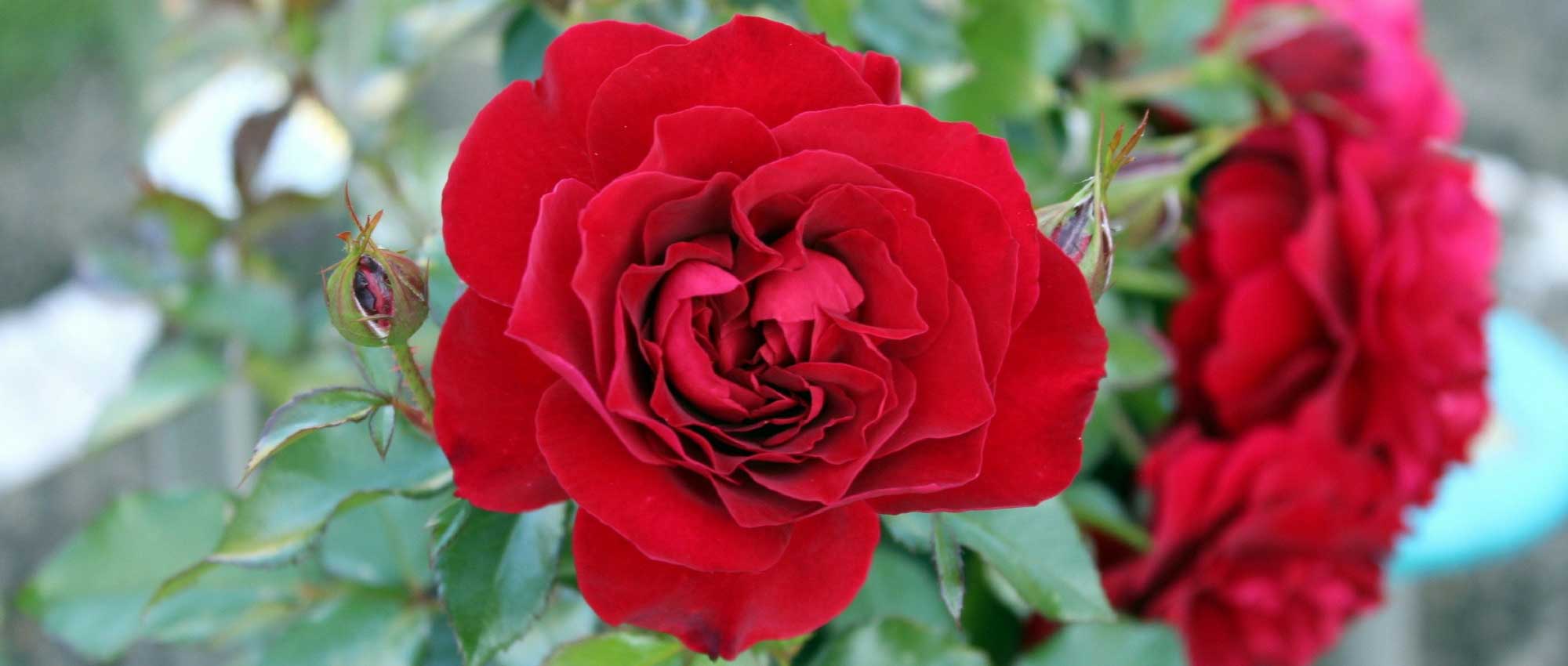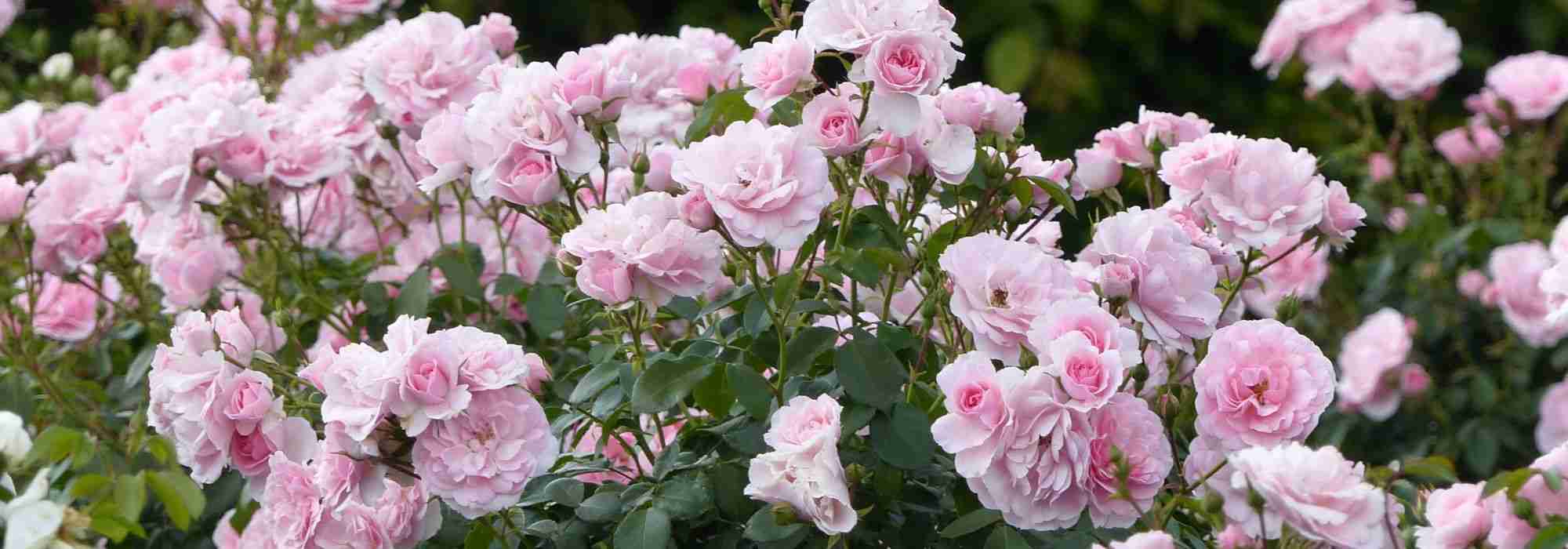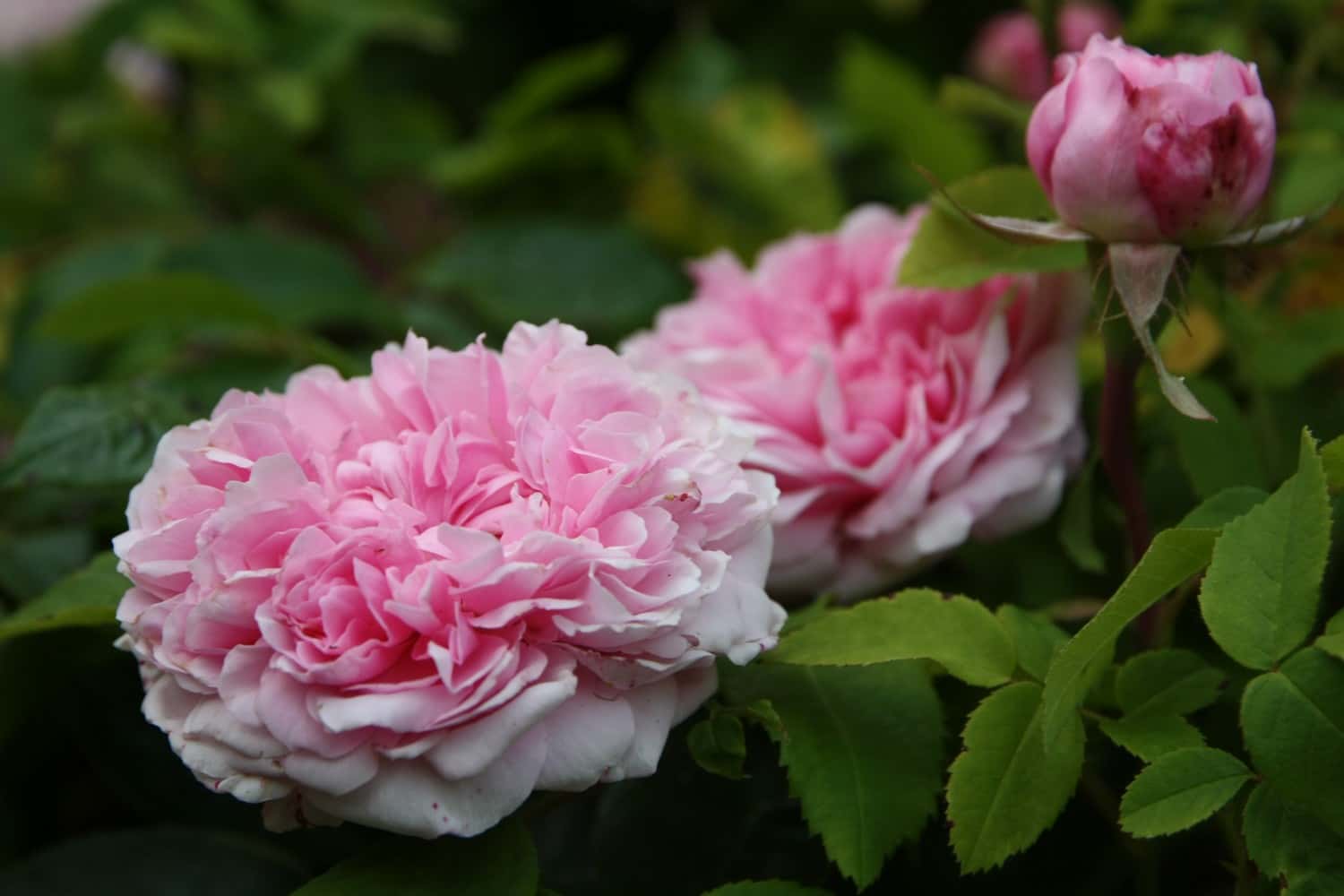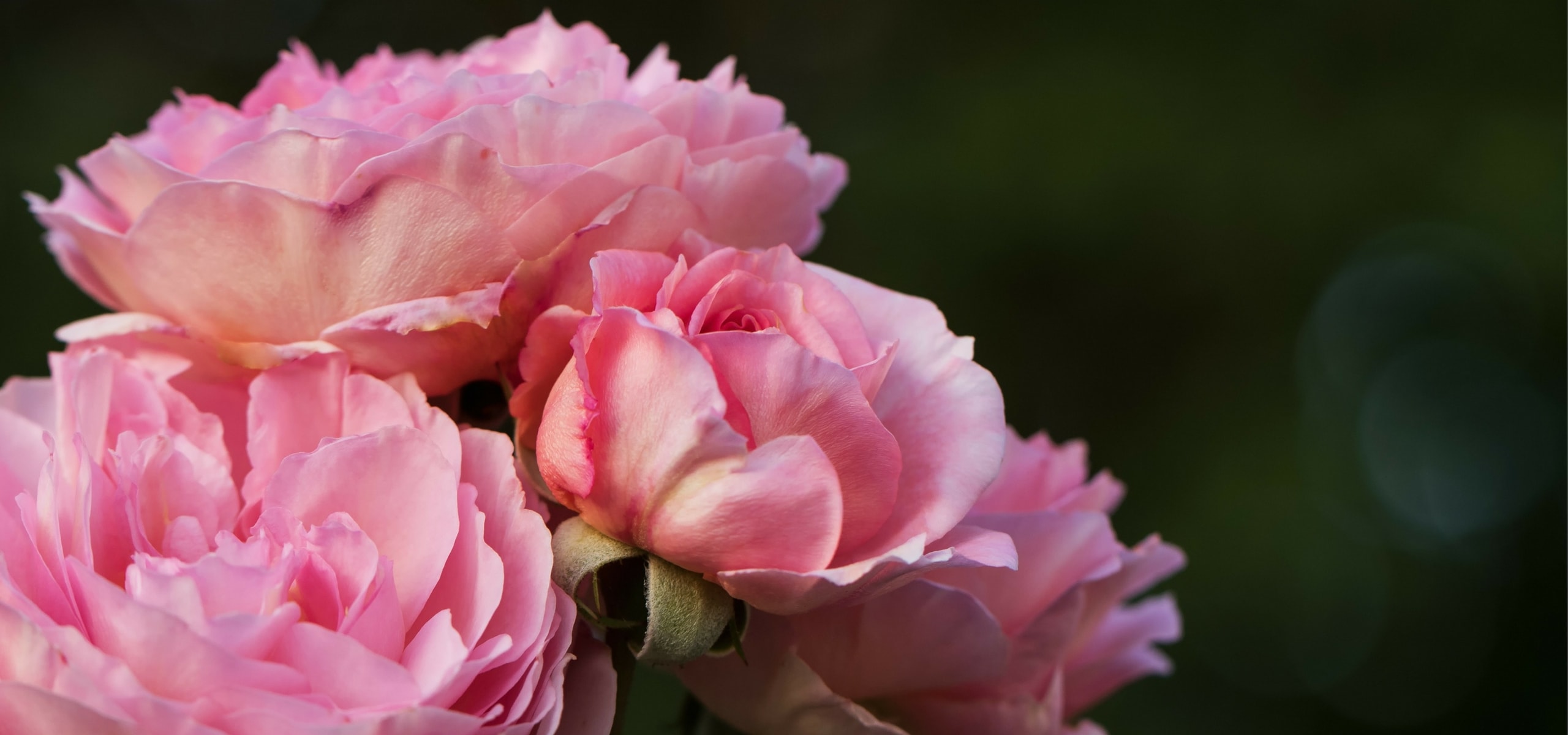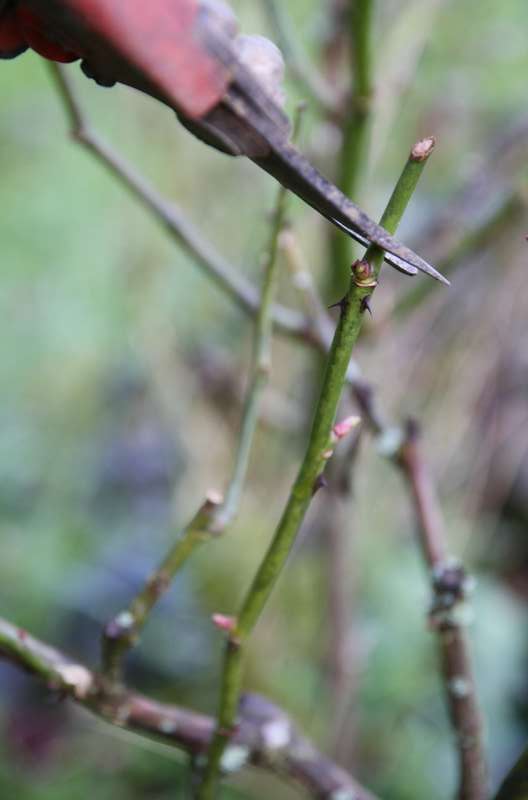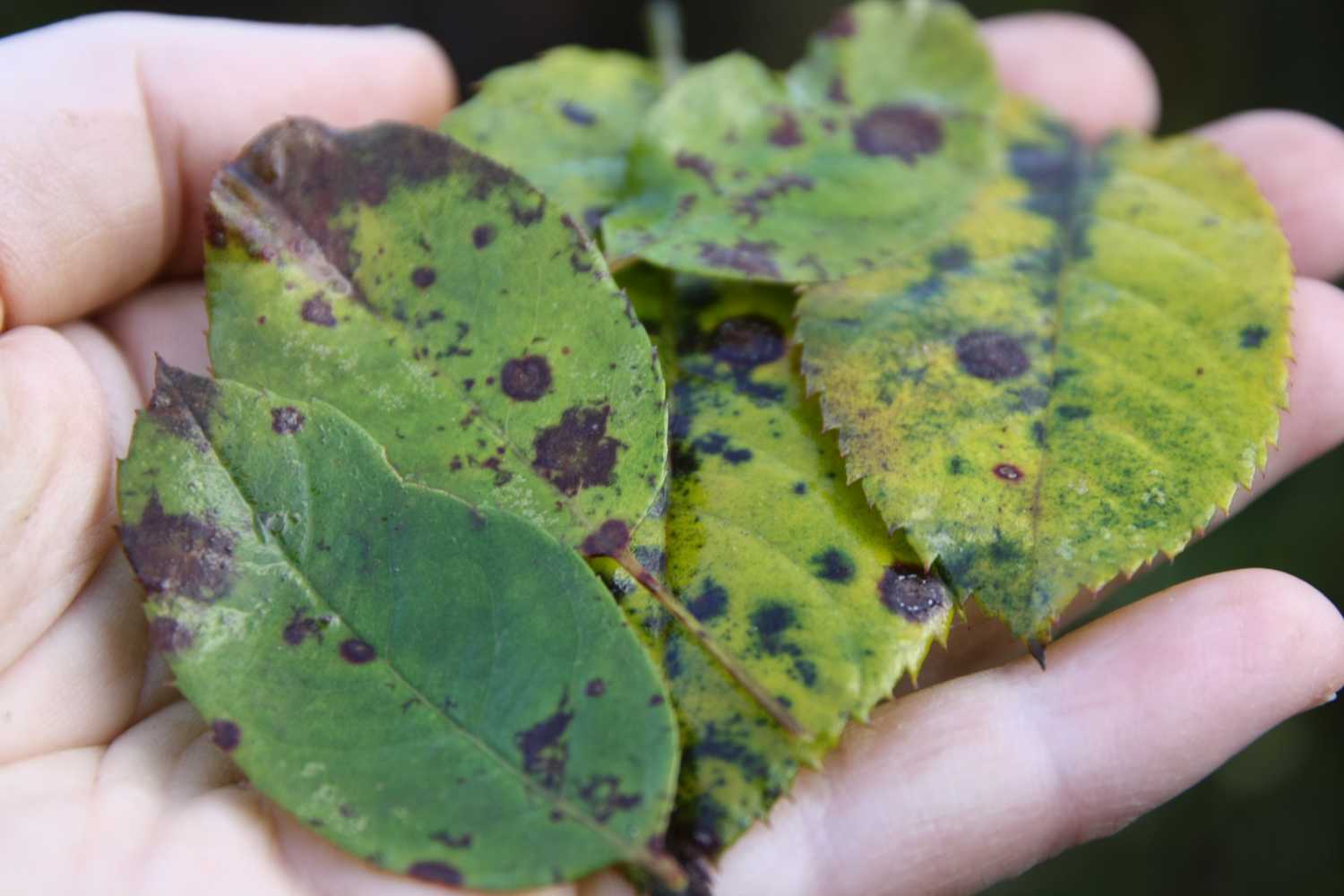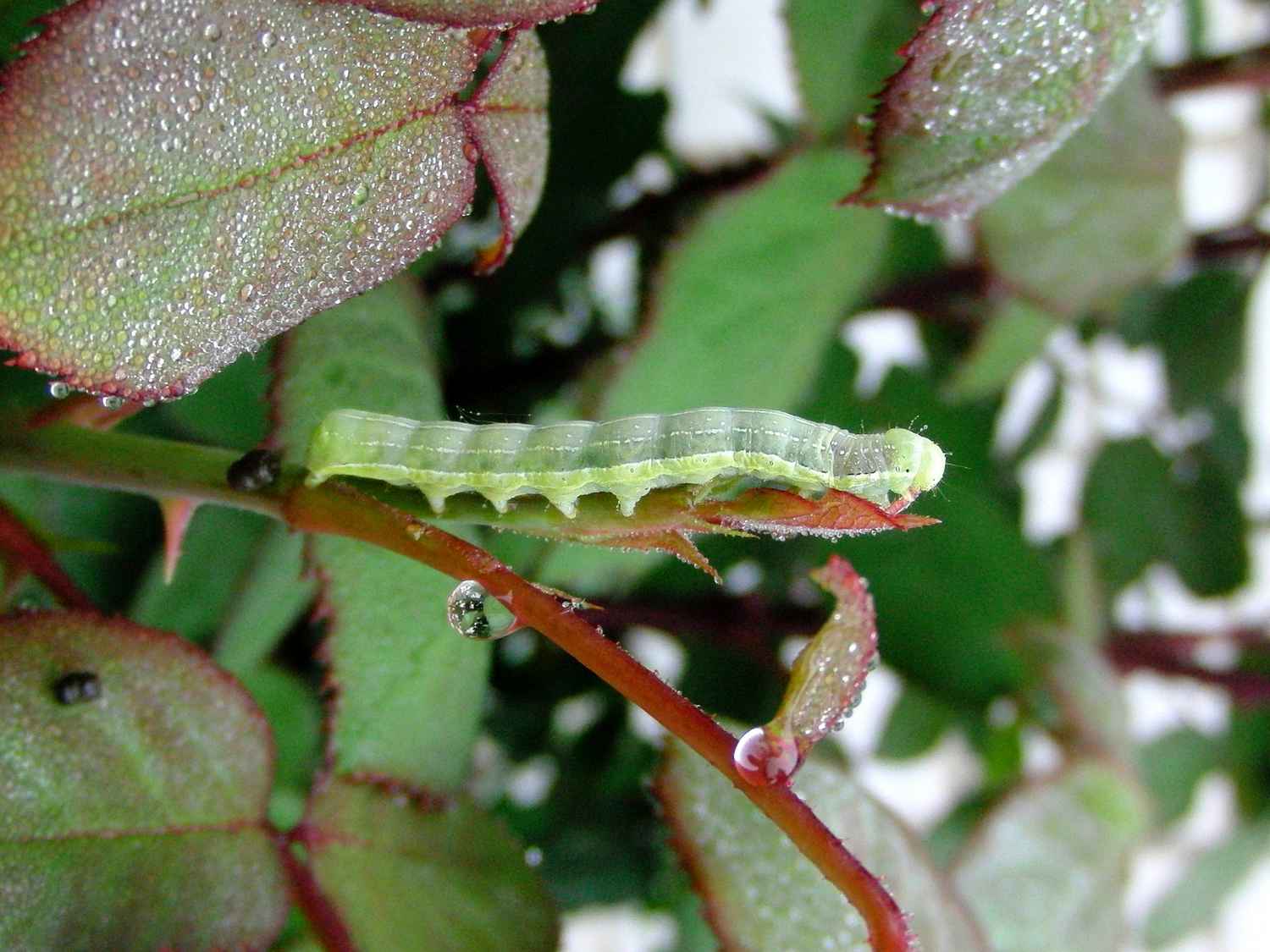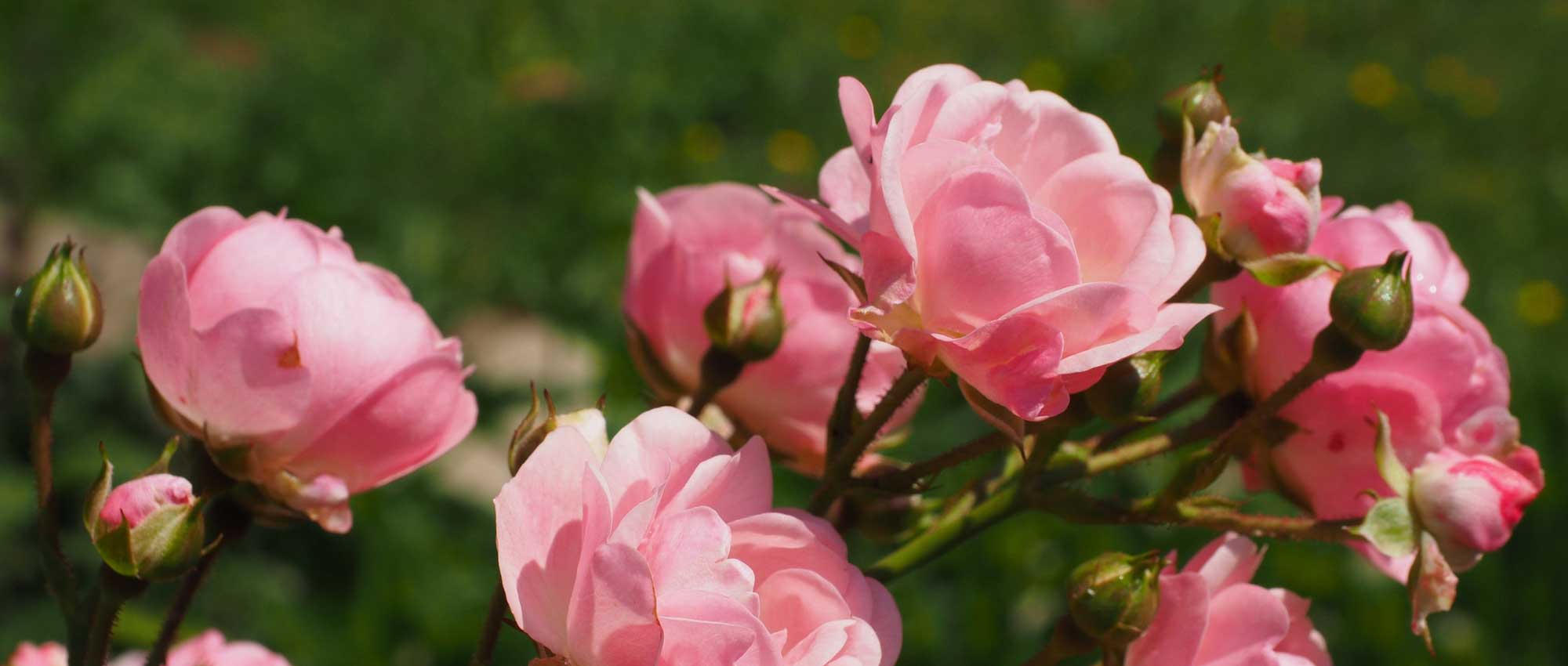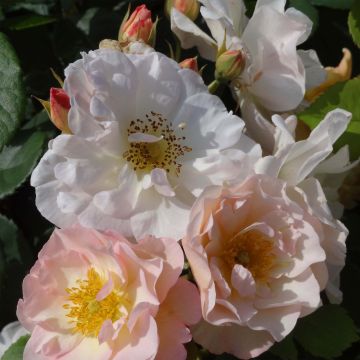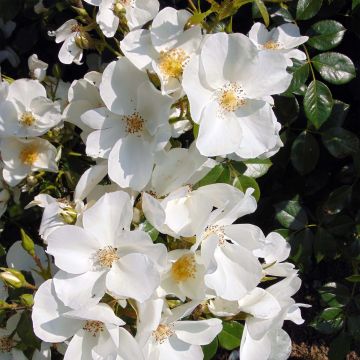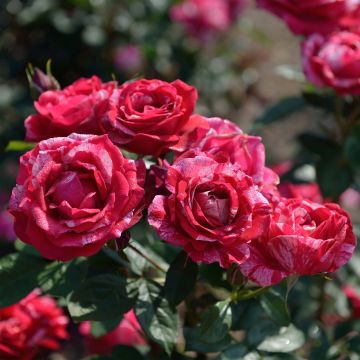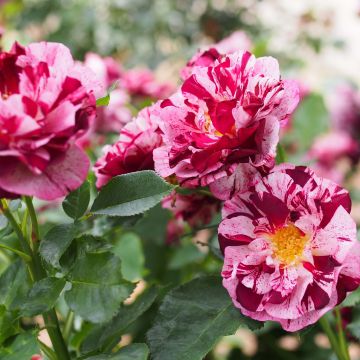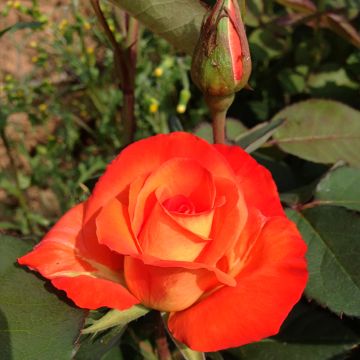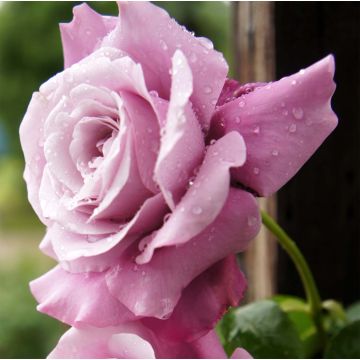

Rosa x floribunda Parfuma 'Princesse de Jardin Marie José' - Floribunda Rose
Rosa x floribunda Parfuma 'Princesse de Jardin Marie José' - Floribunda Rose
Rosa x floribunda PARFUMA® Princesse de Jardin Marie José® 'KORgehaque'
KORgehaque
Thanks to Hélène (order preparation & quality control) and Jenny (shipping service), the rose bush received is quite small, but seems healthy to me. Now that it's planted, I'm waiting for the spring growth (or not...). This is the opinion of an amateur who has successfully planted over 680 different varieties of roses in their garden. Note: It's a shame no variety labels were provided.
Thierry, 13/02/2020
Special offer!
Receive a €20 voucher for any order over €90 (excluding delivery costs, credit notes, and plastic-free options)!
1- Add your favorite plants to your cart.
2- Once you have reached €90, confirm your order (you can even choose the delivery date!).
3- As soon as your order is shipped, you will receive an email containing your voucher code, valid for 3 months (90 days).
Your voucher is unique and can only be used once, for any order with a minimum value of €20, excluding delivery costs.
Can be combined with other current offers, non-divisible and non-refundable.
We guarantee the quality of our plants for a full growing cycle, and will replace at our expense any plant that fails to recover under normal climatic and planting conditions.

Description
The Rose 'Princesse de Jardin Marie José', which is remarkably fragrant, floriferous, and naturally highly resistant to diseases, perfectly embodies the romantic spirit of the Parfuma collection, developed by the rose breeder Kordes, whose goal is to offer amateur gardeners exceptional roses on perfectly robust plants, tested under the harsh German climate of Sparrieshoop in northern Hamburg. On this proud little bush, well-filled with foliage, bouquets of vibrant, full and rounded roses, slightly red, bloom successively, exuding a deep fragrance that is both fruity and powdery. Its modest growth suits pot cultivation because it is superb in a flower bed with small bushes or perennials.
The hybrid rose Princesse de Jardin Marie José ('KORgehaque'), introduced in 2016, obtained the highly selective German ADR label in 2018 for its exceptional natural disease resistance, among other criteria. It pays tribute to the famous gardener Marie-José Degas, who has reigned for over 50 years over a magnificent estate with indescribable charm, the Jardin de la Souloire in Gironde,
This sturdy, upright, well-branched bush quickly reaches about 80 cm (32in) in height by 50 cm (20in) in width. Its thorny stems bear numerous dark green, satin-like leaves, divided into five finely toothed leaflets resistant to diseases. Its flowering period is long, renewing itself successively in waves from June to October if the soil remains moist. The purplish pink buds, enclosed in green sepals, open into deep and globular cups with a diameter of 5 to 6 cm (2in) of a rich yet vibrant pink, adorned with many tightly packed petals. The roses are gathered here in small terminal clusters.
Their fragrance has been analysed by 'noses' who describe it as follows: it seduces with its classic and sensual side and a beautiful creative alchemy of fresh fruity and floral notes. Complex, it presents a delicious top note where ripe and sweet raspberry blends with the more herbaceous and perceptible note of rhubarb. This fresh and bitter aroma of rhubarb perfectly harmonises with the fruity roundness of the red berries that characterise the heart note. The base of the perfume, the base note, presents earthy, woody, and smoky accords of patchouli; the fragrance of the flowers is at its peak in the morning, at noon, and in the evening.
Shrub roses allow for the creation of beautiful small hedges planted in a mix at the edge of the terrace or in small shrub flower beds. For example, associate them with abelias, Mexican orange trees, or deutzias. They are good companions for phlox paniculata and tall baby's breath. This variety 'Princesse de Jardin Marie José' will be highlighted when planted in groups of 3 specimens, forming a wonderfully fragrant and wildly romantic bush. For example, surround it with catmints, lavenders, and perennial salvias with blue, fuchsia, mauve, or white flowers. Also, associate it with white ground cover roses (Swany, Marie Pavie...), bellflowers, or perennial geraniums; the result will always be superb. This hardy rose that requires little maintenance will thrive in full sun or partial shade. It will delight all gardeners, beginners or experienced.
Rosa x floribunda Parfuma 'Princesse de Jardin Marie José' - Floribunda Rose in pictures
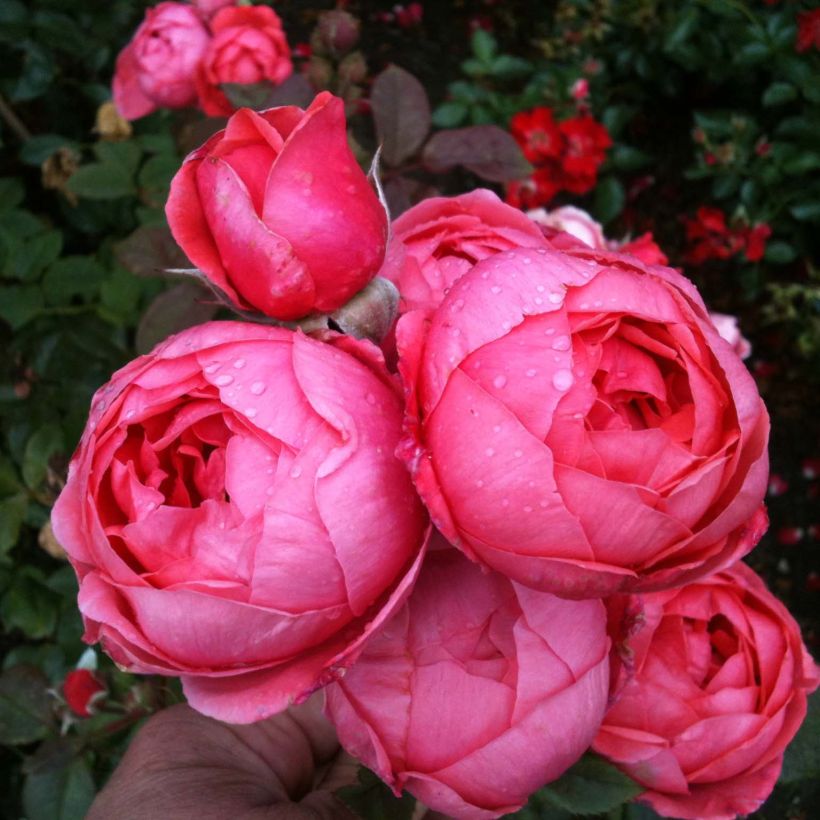

Plant habit
Flowering
Foliage
Botanical data
Rosa
x floribunda
PARFUMA® Princesse de Jardin Marie José® 'KORgehaque'
Rosaceae
KORgehaque
Gartenprinzessin Marie-José, Mme d’Estrée
Cultivar or hybrid
Planting and care
Choose a spot with ordinary, well-drained soil between November and March. The rose prefers heavier clayey soils. Add compost or well-rotted manure to the planting hole if the soil is too sandy, compact, or dry. Avoid waterlogged soils in winter. Place the rose where it can receive ample sunshine and some shade. Use a rose fertiliser for better growth during the vegetation period and flowering. Remove faded flowers to encourage reblooming. Floribunda roses are vigorous and floriferous. In late winter, prune the stems back to about a quarter of their length (from 4 to 6 buds from the base of the stem) to promote bushy growth and prevent tangling in the centre of the branches.
Roses may develop unsightly spots at the end of summer, but this is a natural occurrence and doesn't harm the rose's growth.
Planting period
Intended location
Care
Planting & care advice
-
, onOrder confirmed
Reply from on Promesse de fleurs
Similar products
Haven't found what you were looking for?
Hardiness is the lowest winter temperature a plant can endure without suffering serious damage or even dying. However, hardiness is affected by location (a sheltered area, such as a patio), protection (winter cover) and soil type (hardiness is improved by well-drained soil).

Photo Sharing Terms & Conditions
In order to encourage gardeners to interact and share their experiences, Promesse de fleurs offers various media enabling content to be uploaded onto its Site - in particular via the ‘Photo sharing’ module.
The User agrees to refrain from:
- Posting any content that is illegal, prejudicial, insulting, racist, inciteful to hatred, revisionist, contrary to public decency, that infringes on privacy or on the privacy rights of third parties, in particular the publicity rights of persons and goods, intellectual property rights, or the right to privacy.
- Submitting content on behalf of a third party;
- Impersonate the identity of a third party and/or publish any personal information about a third party;
In general, the User undertakes to refrain from any unethical behaviour.
All Content (in particular text, comments, files, images, photos, videos, creative works, etc.), which may be subject to property or intellectual property rights, image or other private rights, shall remain the property of the User, subject to the limited rights granted by the terms of the licence granted by Promesse de fleurs as stated below. Users are at liberty to publish or not to publish such Content on the Site, notably via the ‘Photo Sharing’ facility, and accept that this Content shall be made public and freely accessible, notably on the Internet.
Users further acknowledge, undertake to have ,and guarantee that they hold all necessary rights and permissions to publish such material on the Site, in particular with regard to the legislation in force pertaining to any privacy, property, intellectual property, image, or contractual rights, or rights of any other nature. By publishing such Content on the Site, Users acknowledge accepting full liability as publishers of the Content within the meaning of the law, and grant Promesse de fleurs, free of charge, an inclusive, worldwide licence for the said Content for the entire duration of its publication, including all reproduction, representation, up/downloading, displaying, performing, transmission, and storage rights.
Users also grant permission for their name to be linked to the Content and accept that this link may not always be made available.
By engaging in posting material, Users consent to their Content becoming automatically accessible on the Internet, in particular on other sites and/or blogs and/or web pages of the Promesse de fleurs site, including in particular social pages and the Promesse de fleurs catalogue.
Users may secure the removal of entrusted content free of charge by issuing a simple request via our contact form.
The flowering period indicated on our website applies to countries and regions located in USDA zone 8 (France, the United Kingdom, Ireland, the Netherlands, etc.)
It will vary according to where you live:
- In zones 9 to 10 (Italy, Spain, Greece, etc.), flowering will occur about 2 to 4 weeks earlier.
- In zones 6 to 7 (Germany, Poland, Slovenia, and lower mountainous regions), flowering will be delayed by 2 to 3 weeks.
- In zone 5 (Central Europe, Scandinavia), blooming will be delayed by 3 to 5 weeks.
In temperate climates, pruning of spring-flowering shrubs (forsythia, spireas, etc.) should be done just after flowering.
Pruning of summer-flowering shrubs (Indian Lilac, Perovskia, etc.) can be done in winter or spring.
In cold regions as well as with frost-sensitive plants, avoid pruning too early when severe frosts may still occur.
The planting period indicated on our website applies to countries and regions located in USDA zone 8 (France, United Kingdom, Ireland, Netherlands).
It will vary according to where you live:
- In Mediterranean zones (Marseille, Madrid, Milan, etc.), autumn and winter are the best planting periods.
- In continental zones (Strasbourg, Munich, Vienna, etc.), delay planting by 2 to 3 weeks in spring and bring it forward by 2 to 4 weeks in autumn.
- In mountainous regions (the Alps, Pyrenees, Carpathians, etc.), it is best to plant in late spring (May-June) or late summer (August-September).
The harvesting period indicated on our website applies to countries and regions in USDA zone 8 (France, England, Ireland, the Netherlands).
In colder areas (Scandinavia, Poland, Austria...) fruit and vegetable harvests are likely to be delayed by 3-4 weeks.
In warmer areas (Italy, Spain, Greece, etc.), harvesting will probably take place earlier, depending on weather conditions.
The sowing periods indicated on our website apply to countries and regions within USDA Zone 8 (France, UK, Ireland, Netherlands).
In colder areas (Scandinavia, Poland, Austria...), delay any outdoor sowing by 3-4 weeks, or sow under glass.
In warmer climes (Italy, Spain, Greece, etc.), bring outdoor sowing forward by a few weeks.






























